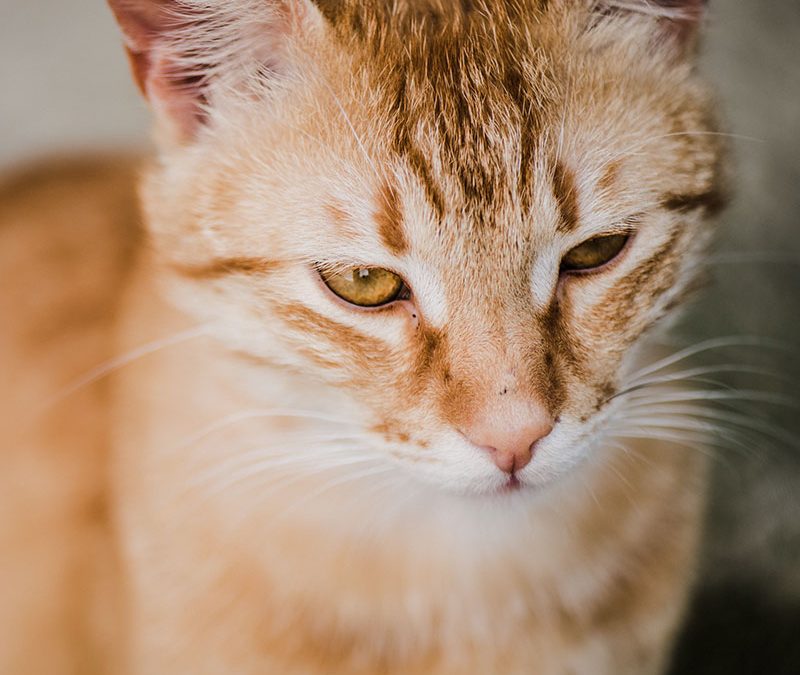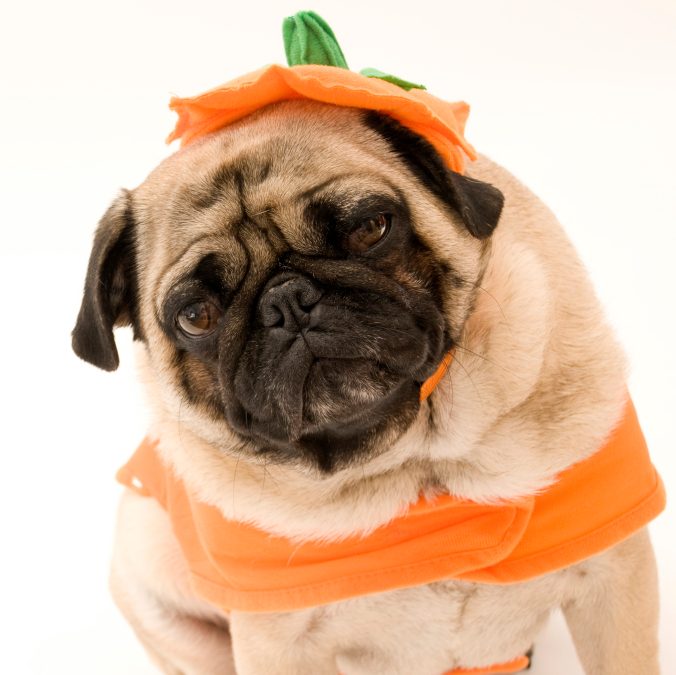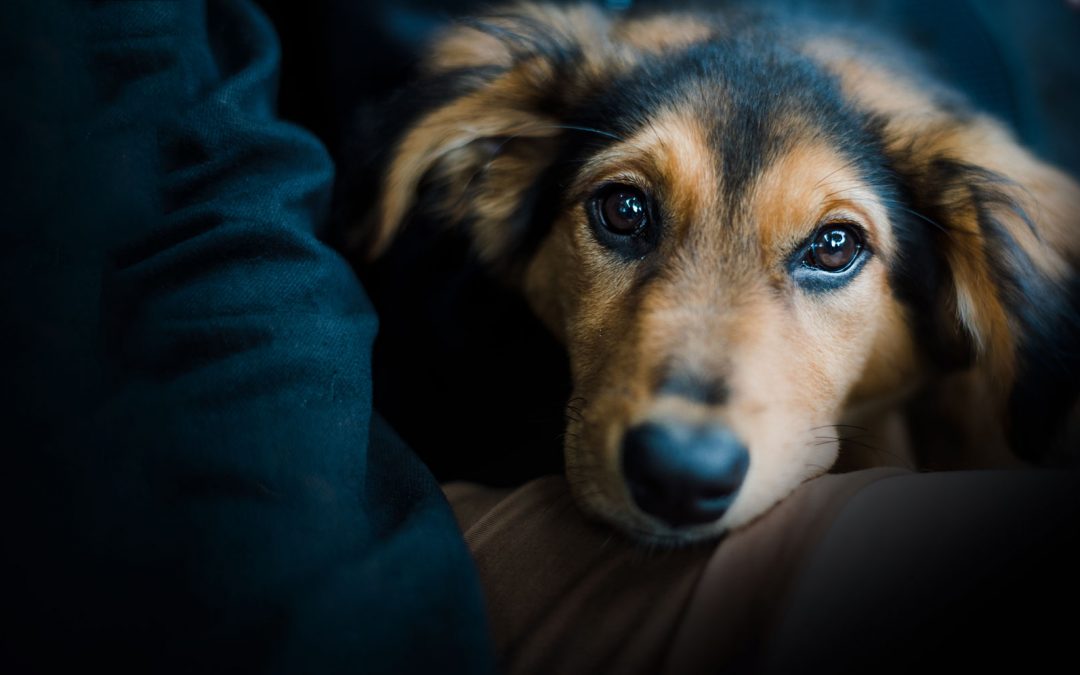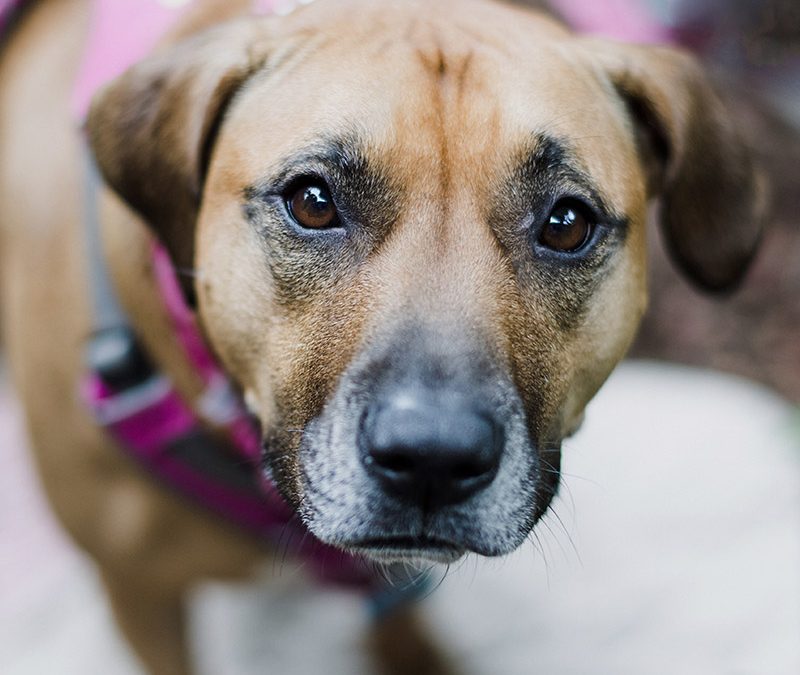
by Shelagh Hislop | Nov 17, 2018 | news
Hyperthyroidism is the most common endocrinopathy (hormonal disease) of cats. It mainly happens in older kitties (usually greater than 10 years of age).
Hyperthyroidism means excessive thyroid activity. It causes a sustained high metabolic state produced by thyroid nodules secreting too much thyroid hormone. 98% of these nodules are benign, but this very high metabolic rate causes symptoms.
- The most typical scenario is a cat that is losing weight despite good appetite.
- Another common finding on physical exam is a very rapid heart rate with the presence of a heart murmur.
- Other signs may include intermittent vomiting, increased drinking, diarrhea, behaviour change and poor hair coat.
Diagnosis is made via a blood test which shows elevated thyroid level.
The 3 most common ways that we can treat hyperthyroidism include:
- Methimazole – a medication which blocks the pathway that leads to the formation of thyroid hormone. This medication comes in the form of a tablet or a transdermal gel that is applied to the inner part of the ear.
- Y/D Diet – is a special diet from Hill’s. It is an iodine-deficient diet that is effective in lowering thyroid hormone levels. This diet is only suitable for indoor cats, and the diet must be very strictly adhered to.
- Radioactive Iodine Injection – this is a potential cure for hyperthyroid cats but does require a 1 week stay at a referral clinic in Victoria or in the Lower Mainland. The radioactive iodine is absorbed into and destroys the problematic thyroid tissue. It is curative in 98 – 99% of cats.

by Shelagh Hislop | Jul 17, 2018 | news
WHAT IS IT? HOW DO I HELP PREVENT IT FROM HAPPENING?
What is FLUTD? Feline lower urinary tract disease (FLUTD) refers to a group of conditions that affect the bladder and urethra of cats. Cats with FLUTD display one or more of these signs.
- Urinate frequently and strain when they urinate.
- Urinate outside of the litter box and in unusual areas.
- Excessively lick at their genital area.
- Have blood in their urine.
WHY DOES THIS HAPPEN?
There are several causes of FLUTD but the most common are as follows:
- Feline Idiopathic Cystitis: When everything else is ruled out, a diagnosis of Feline Idiopathic Cystitis is made. It is, by far, the most common cause of FLUTD, but unfortunately the least understood. (“Idiopathic” means “cause unknown”.) It is typically a recurrent condition. The underlying cause of Feline Idiopathic Cystits is unknown, but it has been shown to be associated with stress. Environmental changes, multiple pets, changes in food and feeding schedules are typical stressors in cats.
- Urinary Tract Infections: Urinary Tract Infections are in fact not a common cause of FLUTD (especially in younger cats), but a urinalysis can determine whether or not this is the cause of FLUTD. Antibiotics is one common treatment for this infection.
- Urinary Stones: Collections of minerals that form stones in the bladder and/or urethra. X-rays or ultrasound can be used to look for stones. Surgery is often required to remove these stones, however special diets can occasionally dissolve them. Dietary changes are often recommended to prevent recurrence.
- Urethral Blockage: A true emergency; urethral blockage occurs when the urethra becomes partially or totally blocked. Stones or mucous plugs are frequently the cause of urethral blockage. Treatment requires urethral catheterization and hospitalization on IV fluids.
- Tumors/Cancer: Cancer of the urinary tract is another less common, but potential cause of FLUTD.
WHAT CAN I DO TO PREVENT FLUTD?
- Keep your kitty hydrated! Plenty of access to fresh water is very important. Some cats enjoy water fountains. Canned food can also help with this.
- Multiple, regularly cleaned litter boxes (one more litter box than the total number of cats in the household is recommended). Litter boxes should also be kept in quiet and safe environments.
- Minimize change in your kitty’s routine.
- Play with your cat! Provide scratching posts, kitty condos, window perches- these will all enrich your cat’s environment.
- Keep your cat lean! Obesity is a risk factor for FLUTD.

by Shelagh Hislop | Oct 17, 2017 | news
Halloween is great fun for most of us.
Kids and grown-ups alike find it a time for the imagination to let loose & fantastical characters to be brought to life. It’s a time of hilarious costumes, bright lights and noise – (and candy!) We humans might have fun with this, but it’s often a confusing time for animals. Most pets are alarmed by the doorbell repeatedly ringing and visitors endlessly appearing, but some can even be intimidated by the costumes as well. Who really knows what our dogs and cats think of all this?But we do know that those who are frightened can act in ways that are unpredictable.
Problems occur when a pet is very anxious and pacing, panting and drooling all night and can’t settle down. Even worse, some pets get out and run away (or are injured by vehicles or other means). Others who may feel confused and trapped may act uncharacteristically aggressive. So – it is best to keep everyone safe. Keeping dogs and cats indoors during the busy hours of children Trick-or-Treating is ideal.
If you can keep your pet in a quiet space away from all the excitement at the front door, that would be the best plan. If they are being closed in a room, make sure they have what they need for the period of time you plan to contain them, and be sure to check on them frequently (if a family member isn’t able to be with them during this time). Fireworks are a particular problem for our nervous pets. Some pets might even need sedation to get through this scary night safely.
This is something you could talk to your veterinarian about if you feel it’s necessary. And don’t let your pets get into the candy afterwards. Chocolate can be toxic and all that sugar and fat can cause other upsets to the system. (It’s not always that great for us in large quantities either.) Being aware of the confusion your pet might be feeling helps us take better care of them during stressful times like Halloween night. Have a fun and safe HAPPY HALLOWEEN

by Shelagh Hislop | Apr 30, 2015 | news
Antifreeze is commonly used in engines as a coolant, and the active ingredient is sweet tasting. Pets (especially dogs) are quite happy to drink it.
For the most part, people are probably very careful about handling this very toxic material. But there may be vehicles that are leaking, or it’s possible that someone has inadvertently discarded the liquid in an unsafe manner.
The active (and toxic) ingredient in antifreeze is ethylene glycol. Ethylene glycol poisoning starts off looking much like alcohol intoxication. This begins around 1-2 hours after ingestion. Sometimes there is nausea and vomiting, and there may be staggering and incoordination (looking like drunkenness). Over the next 12 to 24 hours, the toxin can cause kidney failure. When the kidneys are harmed, the pet will stop eating, become nauseous, depressed and feel very sick.
Anyone who believes their pet may have ingested antifreeze should get to a veterinarian as soon as possible, in order to receive treatment. There is an antidote that can be given to prevent the kidney damage from happening, but it needs to be given in the first few hours. Once kidney damage has occurred, the prognosis is poorer.
Please make sure that your car is not leaking antifreeze and that if you are handling this fluid, you are disposing of it properly and doing so without any possible exposure to pets or children. Or better yet, consider a safer version of antifreeze for your vehicle. Ask about this product at your local hardware store.

by Shelagh Hislop | Feb 20, 2015 | news
SEPARATING FACTS FROM FICTION: Pet Food Myths
There are many myths about pet food. Where do you get your information about pet nutrition? Is it from a salesperson? Is it from a TV or YouTube advertisement? There are many misleading pieces of information being propagated through media and sales.
Consider the science. Ask your vet.
Corn: Corn actually has many benefits. It’s an excellent source of protein, carbohydrates, fiber, and antioxidants. Corn is highly digestible when cooked and is not a common cause of food allergies. Because of all these things, corn is not “just filler”.
By-Products: Many by-products are excellent sources of nutrients for pets. (Some of the reasons that humans don’t prefer by-products is because of emotional reaction rather than scientific, nutritional information.) Examples include animal fats, internal organs and fibrous ingredients like beet pulp.
Meat First: Meat is not the only valuable source of nutrition for your dog. When meat is listed first, remember that the high water content makes it weigh more than dry ingredients such as grains, meals and vitamins. Also dogs are omnivores, meaning that they naturally get their nutrition from meat and plant-based nutrition.
High Protein: Animals cannot store protein, so their organs have to work extra hard when they are fed a food that has higher protein than needed. This can lead to health problems, especially in the older pet.
Grain-Free: There is nothing to support the benefit of a grain-free diet for pets, and some grain-free diets are suspected to cause health problems in dogs.
Natural, Holistic, Organic … These words have varying meaning and do not mean the food has better nutrition. Individual ingredients do not determine the quality of a food. It’s the nutritional value of the combined product = the whole diet (and its digestibility) that delivers appropriate nutrition for your pet.






Recent Comments